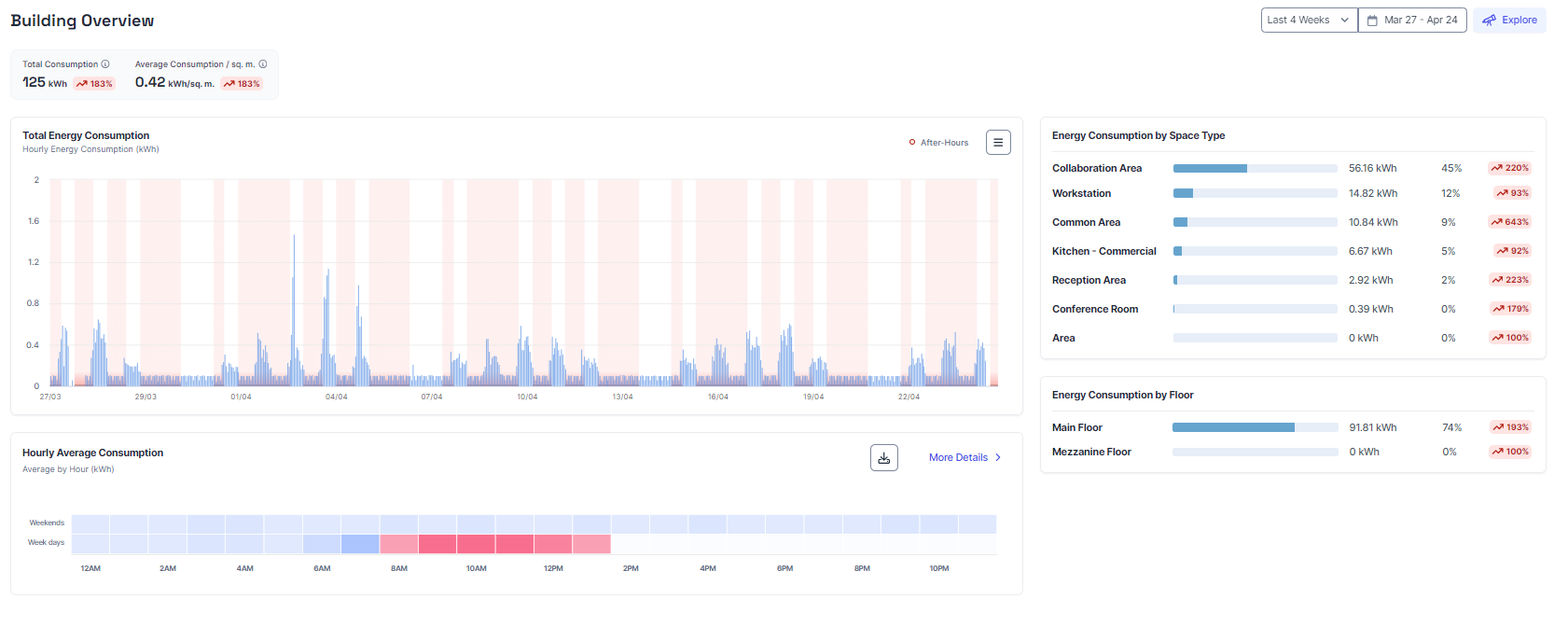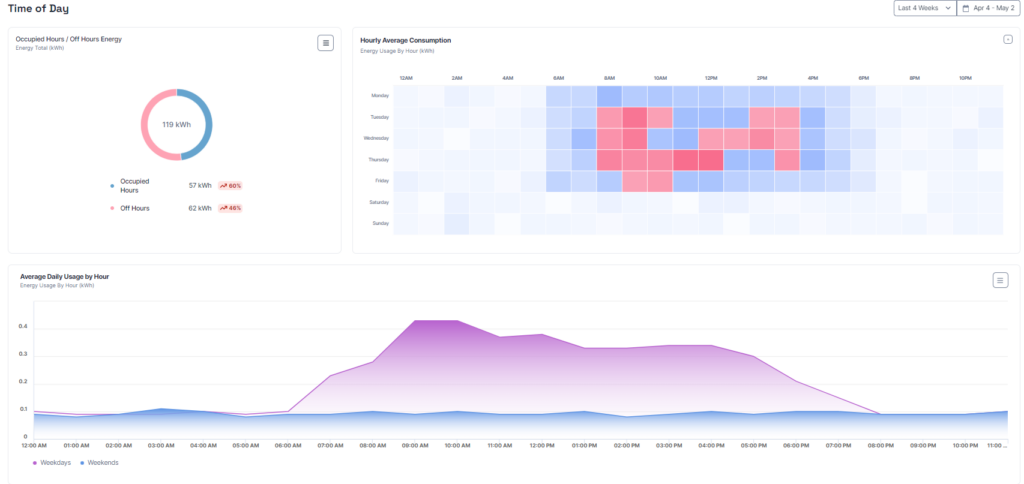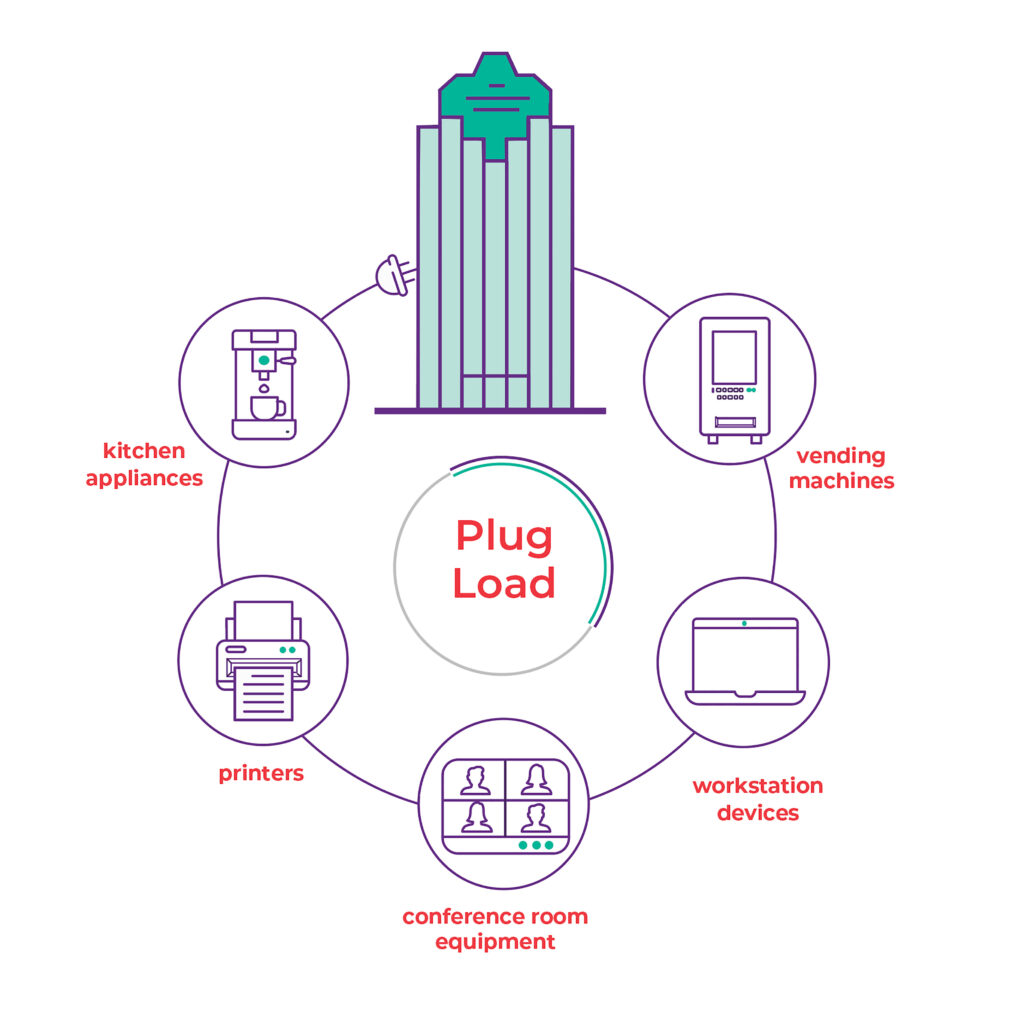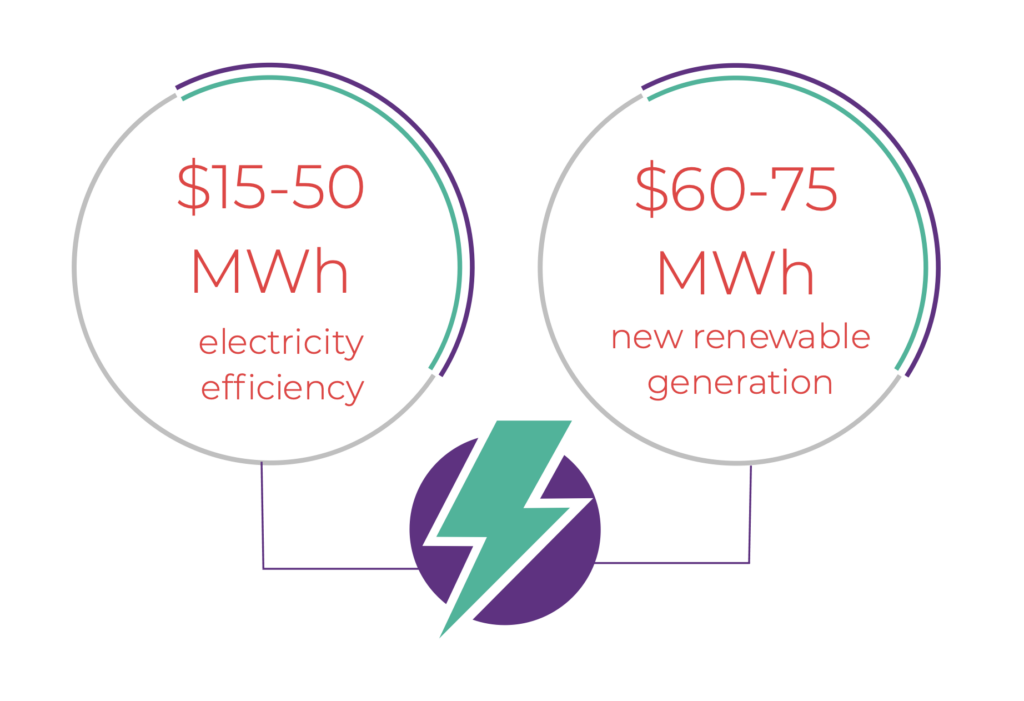Make your building more efficient with Site iQ
Site iQ offers a simple way to understand occupancy and reduce your building’s energy, equipment, and space costs.
How it works
1. Plug in
We connect smart plugs to your building’s equipment and appliances, making them easy to control and manage.
2. Gather data
The plugs gather data on when equipment and appliances run and how much energy they use, and send it to our online analytics platform.
3. Unlock insights
Our analytics platform provides valuable equipment, space and workstation occupancy insights.
4. Take action
The platform equips you with tools to set controls to operate equipment more efficiently and provides insights to unlock additional energy, equipment and space cost savings.
Why it matters
Commercial buildings use 21%1 of New Zealand’s electricity and are responsible for 20%2 of our annual greenhouse gas emissions.
Even though more than half of commercial buildings are now less than 80%3 occupied post-COVID because of flexible work arrangements, they still use a lot of energy. This is because building operators often don’t have enough information about how many people are in the building or the tools to automate equipment operation.
The Energy Efficiency Conservation Authority (EECA) estimates that the energy efficiency of commercial buildings could be improved by as much as 20-25%4.
1 Transforming Operational Efficiency – Building for Climate Change Programme, MBIE 2020
2 Making the performance of buildings transparent – a low-hanging policy option to save energy and carbon – Report to NZ Green Building Council, 12 October 2021, p4
3 JLL.nz research: Office Sentiment Survey 2023, pp 16-17
4 https//www.nabersnz.govt.nz/about-nabersnz
What you can do with Site iQ
Site iQ provides detailed insights into how much energy your plug-connected devices use during and outside of work hours.
Utilise Site iQ’s data to understand occupancy levels, adjust workstation numbers to match building usage, implement flexible work arrangements such as hot desking, and assess future lease requirements.
You can view and compare data by hour, day, month, year, or any other period you choose and download in .csv format.
Monitor the energy consumption of all your plug-connected equipment across every area and floor of your building, from workstations to meeting rooms and communal areas.

Gain insight into after-hours energy consumption and identify the equipment and appliances that contribute to energy waste.

Unlock insights into how desks and meeting rooms are utilised to understand occupancy levels.

Set automated controls to schedule equipment to only power up when required, reducing energy waste.

Visualise electricity consumption and space utilisation patterns using the online portal to show trends on a daily, weekly, and monthly basis, and easily aggregate by device type, space, building and portfolio.

Save on energy, equipment and space costs

Reduce your plug-load energy costs by up to 40%*
Site iQ’s automated controls let you schedule when equipment operates, reducing energy waste when equipment is not needed.
*Based on existing customer installations.

Make additional energy savings across your building
Use Site iQ’s workstation utilisation data to identify occupancy trends, such as high and low occupancy days. Realise additional energy savings (e.g., from HVAC and lighting) by shutting down underutilised floors on low occupancy days.

Spend less on equipment
Spend less on equipment by:
- removing unused equipment from communal areas and desks,
- replacing inefficient equipment,
- repurposing underutilised equipment,
- reducing equipment maintenance costs.

Optimise your space costs
If occupancy data reveals surplus space, save costs by:
- sub-leasing floors or specific areas to offset lease costs,
- downsizing or consolidating your lease space,
- exploring co-working partnerships to share space during low occupancy times,
- renting out unused office space for events.
Getting up and running is easy
Following an initial period to identify your baseline usage, you’ll start making savings straight away.
1
Scope
We’ll survey your office to identify the areas you want to monitor or control2
Install
We’ll install the required hardware and get you connected to Site iQ.
3
Save
We’ll review the data, share insights and help you identify cost and carbon-saving opportunities.Schedule a demo
To find out how Site iQ can make your building more efficient, get in touch using the form below.
FAQs
Using smart plugs, Site iQ transforms electrical outlets into powerful sensors that collect energy (plug load) consumption data from every device plugged into them.
Powered by machine learning, the plugs send energy consumption data to a powerful analytics platform, where you can track energy consumption, monitor equipment, desk, and space utilisation, and understand the performance of different floors. The platform also equips you with tools to improve energy efficiency, enabling you to schedule equipment to turn on and off automatically.
Plug load is the energy consumed by equipment and appliances plugged into a normal household or office socket (e.g., computer monitors, laptop docks, TVs, and kitchen appliances). These loads are typically movable and can be unplugged when not in use. It doesn’t include HVAC, heat pumps and lighting, which are integral building systems for climate and comfort control and can’t easily be moved.
Plugged-in devices draw varying amounts of power depending on whether they’re actively being used, in standby mode, or in sleep mode. Even when they’re not actively being used, these devices still consume energy. Adding up the energy used by all these devices typically makes up about 25-30% of a building’s total energy consumption.

The need for electricity is growing as industries and transport transition to electric power. Our grid operator, Transpower, has forecast a 68% increase in electricity demand by 2050 compared to the consumption levels in 20201.
Using energy more efficiently can be a more affordable solution to meet this demand. EECA (Energy Efficiency and Conservation Authority) estimates that energy efficiency measures provide electricity at a cost of between $15 and $50 per megawatt-hour (MWh), compared to constructing new renewable generation, which costs between $60 and $75 per MWh)2.

EECA modelling shows that nationwide energy-efficient technology uptake could reduce demand by as much as 3,000 to 4,000 gigawatt-hours (GWh) annually. This amount of electricity saved would be sufficient to power approximately 1/3 of New Zealand’s light (passenger) vehicle fleet if it were electric3.
1 Transpower News
2 Energy Efficiency First – The Electricity Story, Overview Report, EECA, 2019
3 Ministry for the Environment. 2021. New Zealand’s Greenhouse Gas Inventory 1990-2019. Wellington: Ministry for the Environment.
As well as providing insights, Site iQ lets you set controls to operate equipment more efficiently, helping you reduce carbon emissions and electricity bills.
Based on insights from customer installations, you can reduce plug load energy consumption costs by up to 40% by taking actions such as:
- setting automated controls to operate equipment more efficiently, e.g., turning equipment off at night or when it’s idle for long periods,
- deciding to operate workspaces more efficiently, e.g., closing floors on low occupancy days or removing or reconfiguring under-utilised workstations,
- replacing or removing inefficient or underutilised equipment.
You can save on other operating costs by using Site iQ’s space utilisation data to inform decisions like:
- how many computers you need based on occupancy levels,
- how to arrange workstations effectively for hotdesking,
- what floor space you’ll need if you’re combining floors or relocating; and,
- how to manage supplies and support services like groceries, stationery, security and IT services more efficiently.
Site iQ uses energy data from all plugged-in devices at desks and in meeting rooms to provide you with occupancy insights across the building.
Site iQ is available through an annual subscription. The cost is determined by the size of your site and the amount of equipment you want to monitor and control.

